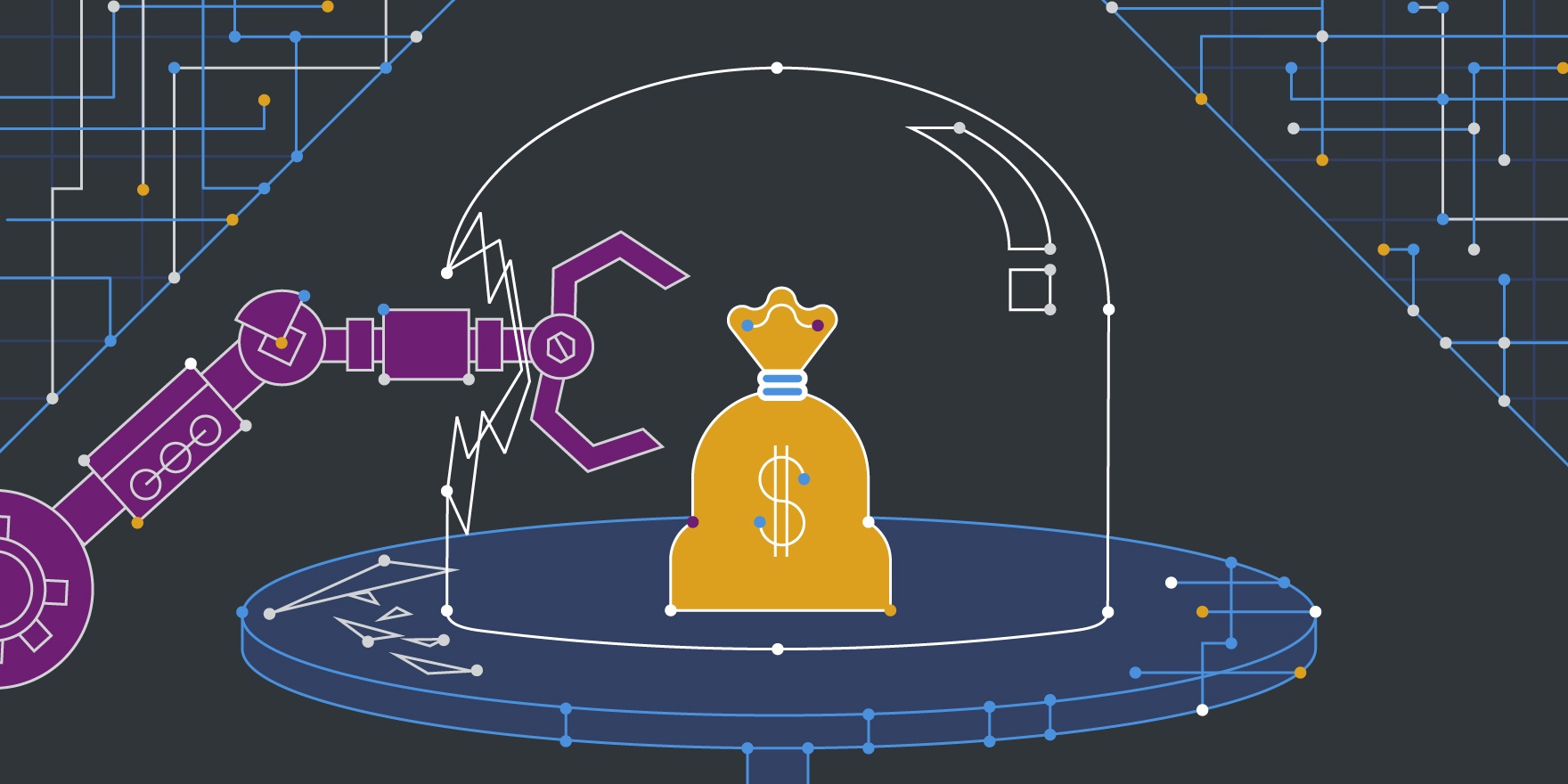Note: this article first appeared on Marketing Dive.
It used to be easy to tell when non-human traffic was sapping your ad dollars. Until recently, bots almost exclusively lived in data centers and performed the same actions at the exact same time. A quick glance at visitor behavior would tell you whether you were being targeted by scammers.
But today's bots are harder to spot because they're explicitly designed to look like humans. Over 75% of ad fraud comes from bots that live on residential computers, allowing them to use real human IP addresses, copy their hosts' purchase and browser history and even mimic their keyboard strokes and mouse movements.
In spite of these bots' best efforts to hide themselves, their activity isn't completely undetectable. We know that certain behaviors and metrics increase a campaign's vulnerability to fraud, so you should be extra wary of a bot problem if any of the following four statements ring true:
1.) Your fraud rates stay the same between October and January
There is a common misconception among marketers that fraud affects all campaigns equally across the year. This is just not true. Fraud rates rise when there is a mismatch between ad supply and demand. This mismatch is especially pronounced during the holiday season, when advertisers pour much of their digital ad budget into campaigns vying for the attention of holiday shoppers.
As it turns out, CPM and internet browsing don't increase that much over the holidays. So, if your traffic is spiking, it's more than likely that bots are filling the gap. Your ad fraud solution should be detecting more fraudulent activity during peak periods — if it isn't, it's almost certainly letting bots slip through the cracks.
2.) You use a lot of audience extension sites
If a publisher uses an audience extension site to secure traffic at the end of a campaign, then there's a good chance that bots are using those sites to further defraud you. When the publisher passes the ad along to an audience extension site to fulfill campaign requirements, those sites sometimes purchase traffic from suspicious sources to help the publisher meet their demands. This purchased traffic is often filled with bots, many of which are advanced enough to steal human users' cookies, which makes it easier for them to get picked up by retargeting campaigns and steal even more.
3.) You advertise a lot with video
If there's a cardinal rule of ad fraud, it's that bots follow the money. And there's a whole lot of money in digital video at the moment: ad spend for video has almost doubled since 2015. Add in the fact that many of the most common metrics for gauging engagement with videos are inaccurate or outdated, and you've got a perfect storm for bot activity.
The numbers don't lie — video fraud accounts for 64% of all ad fraud in the U.S. But this shouldn't dissuade advertisers from buying video inventory; instead, they just need to think differently about how and where they buy it. By working directly with publishers, you can minimize the number of bots that successfully siphon away your marketing spend, but it won't guarantee the kind of fraud-free environment that a bot detection vector will.
4.) You're able to 'solve' fraud problems without seeing your traffic decrease
If your bot detection software has flagged malicious scripts but your total number of impressions stay the same, you've still got a problem. Is it really possible that those IPs you blacklisted suddenly were matched with new, real human visitors at the exact same time? Don't fall into the trap of believing that humans have filled the gap — believe us, they haven't. Your traffic should and will go down, and that shouldn't be cause for alarm — it means that you're serving ads to a higher percentage of human viewers and spending less money to reach the same number of people.
Almost everybody who advertises online is dealing with some form of ad fraud. By focusing on getting real impressions from the audiences you're targeting, you can reduce your exposure to fraud and save money in the process.



